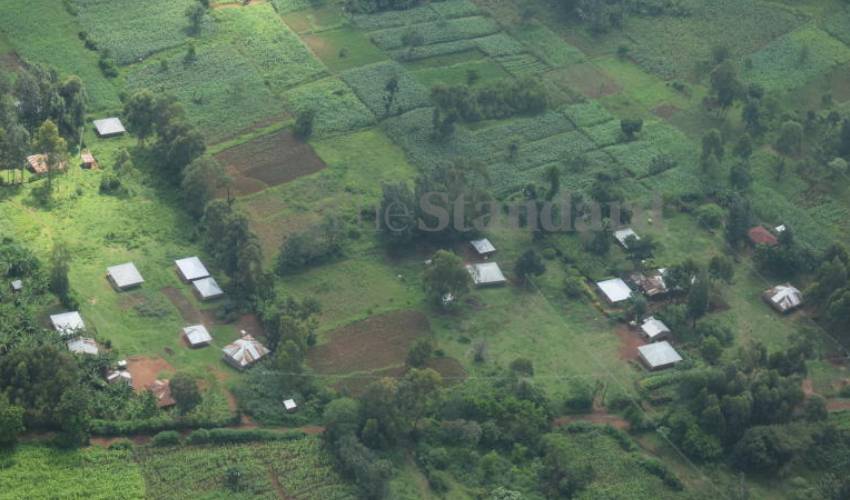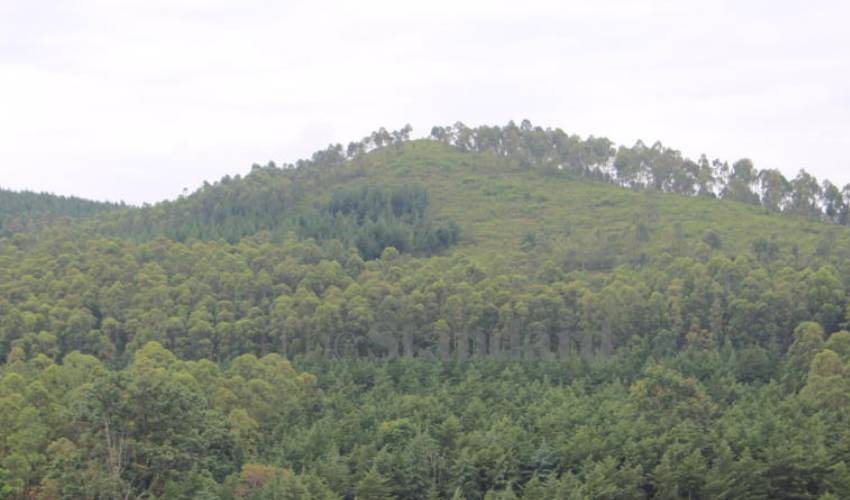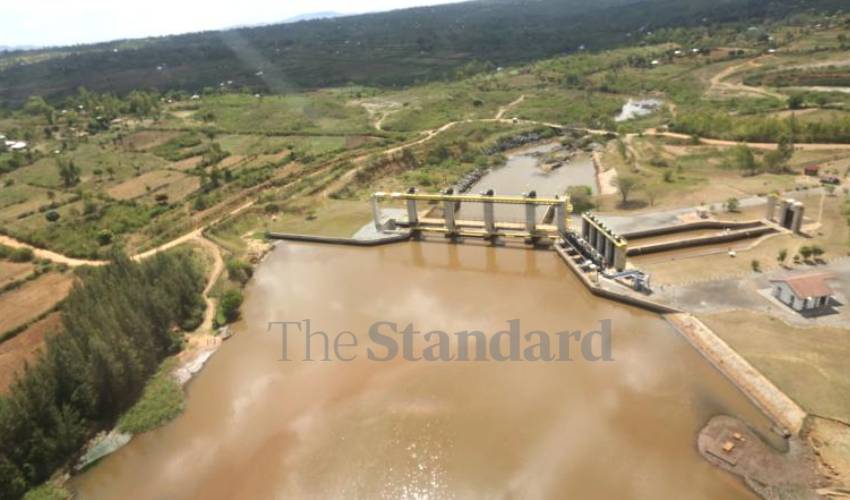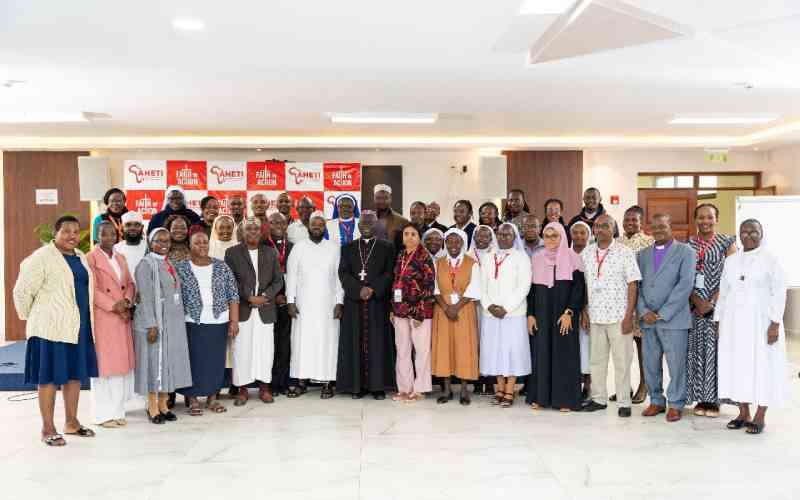
A 2006 report put the estimated deforestation rate at 200 hectares a year in the whole of Western and Nyanza regions. [James Omoro, Standard]
Nyanza region, experts have warned, will bear the brunt of climate change due to its low forest cover.
Majority of people in Kisumu County, for instance, use firewood and charcoal, all from trees, according to Green Energy and Climate Change Department in Kisumu County.
But even as the Kenya Forest Service (KFS) races towards boosting forest cover, mass destruction of trees has had disastrous consequences with the lowest forest covers being in Migori at 0.64 per cent and the highest being Homabay which at 2.6 per cent is still way below the target 10 per cent national tree cover expected by 2022.
Kisumu County Director of Climate Change, Evans Gichana, the region is bearing brunt of climate change contributed by the low forest cover and which includes rising temperatures, shifting rainfall patterns and extreme climate events – like heavy rainstorms and record high temperatures.
Trees, explained Gichana, are needed for a variety of reasons, not least of which is that they absorb not only the carbon dioxide that we exhale but also the heat-trapping greenhouse gases that human activities emit.
“As those gases enter the atmosphere, global warming increases, a trend we now call climate change,” Gachana said.
This year, the metrological department predicted several parts of the region would remain dry with unpredictable rainfall patterns.

A section of Nyangweta forest in South Mugirango, Kisii County. [Sammy Omingo, Standard]
Prof Nixon Sifuna, an expert in carbon trading, explained forests store large amounts of carbon as trees and other plants absorb carbon dioxide from the atmosphere as they grow.
Sifuna said protecting natural ecosystems and sustainably managing and re-establishing forests in Nyanza are important ways to reduce greenhouse gas emissions and slow down temperature rise in the short term by drawing down carbon dioxide from the atmosphere.
“When forests are cleared or burnt, stored carbon is released into the atmosphere, mainly as carbon dioxide and this contributes to greenhouse gas emission,” offers Prof Sifuna adding that “in terms of climate change, cutting trees adds carbon dioxide to the air and removes the ability to absorb existing carbon dioxide.”
Nyanza region also suffers from the effects of deforestation-which is the permanent removal of trees to make room for agricultural or grazing land using timber for fuel, construction or manufacturing.
A 2006 International Forestry Resources Institution report put the estimated deforestation rate at 200 hectares a year in the whole of Western and Nyanza regions. Kenya’s current forest cover stands at 7.2 percent and to reach a 10 percent forest cover about Sh48 billion is needed to plant two billion trees.
So serious has the deforestation been that the National Museums of Kenya took control of the Thim Lich Ohinga Forest, which straddles Ndhiwa in Homa Bay County and Nyatike in Migori.
Indeed, forests in Kisumu County, notes Julius Kamau, the Chief Conservator of Forest (CCF) visited forest stations where he engaged with both forest station managers (FSMs), play critical roles in national development with Koguta forest, for instance, hosting the Sondu Miriu Power Station-which draws its waters from Sondu River whose catchment area is the Mau Forest.
The Sondu Miriu Power Station does not have a major dam or large reservoir. But it not only powers irrigation at Kano Plains but also contributes 60MW to the national grid.

Sondu Miriu Power Station. [Collins Oduor, Standard]
In recent years, though, report states Kenya’s forests have been depleted at an alarming rate of about 5,000 hectares per annum.
This is estimated to lead to an annual reduction in water availability of approximately 62 million cubic metres, translating to an economic loss to the economy of over $19 million (Sh1.9 billion).
The 2018 Taskforce Report on Forest Resources Management and Logging Activities in Kenya, estimated the country’s forest cover at about 7.4 percent of the total land area, a far cry from the recommended global minimum of 10 percent.
On the other hand, Kenya’s closed canopy forest cover stands at about two percent of total land area, compared to the African average of 9.3 percent and a world average of 21.4 percent.
 The Standard Group Plc is a multi-media organization with investments in media platforms spanning newspaper print
operations, television, radio broadcasting, digital and online services. The Standard Group is recognized as a
leading multi-media house in Kenya with a key influence in matters of national and international interest.
The Standard Group Plc is a multi-media organization with investments in media platforms spanning newspaper print
operations, television, radio broadcasting, digital and online services. The Standard Group is recognized as a
leading multi-media house in Kenya with a key influence in matters of national and international interest.











